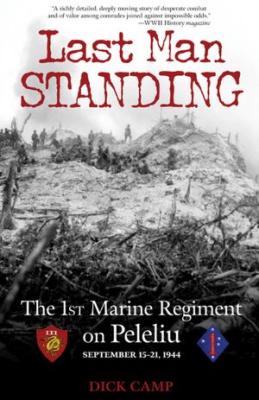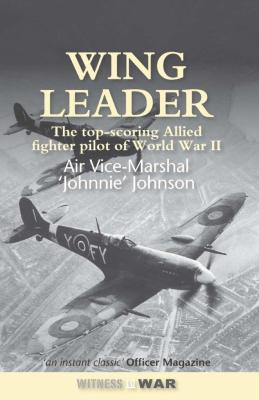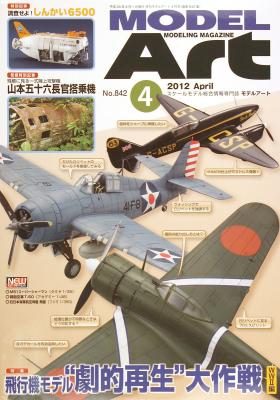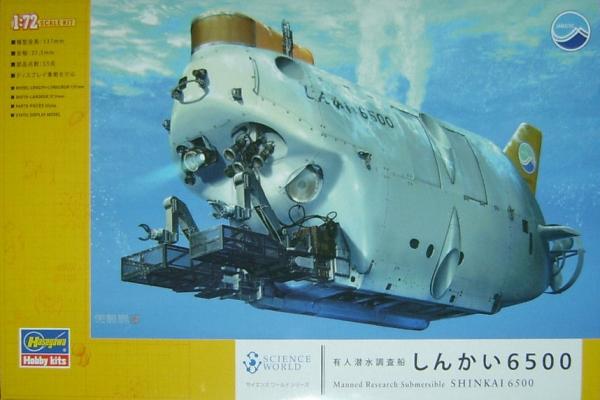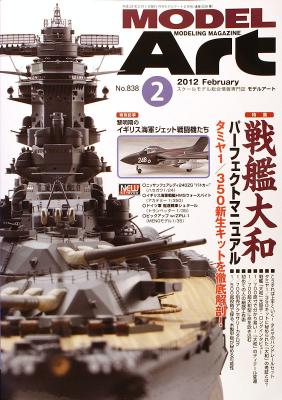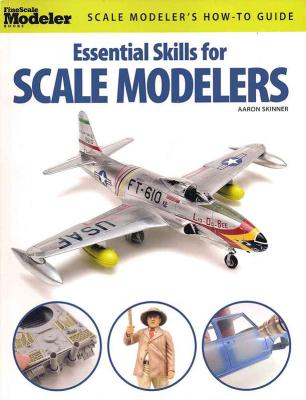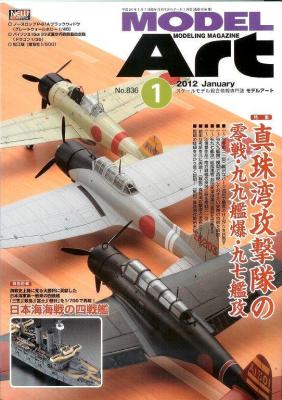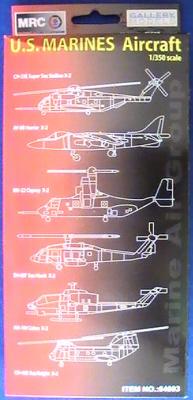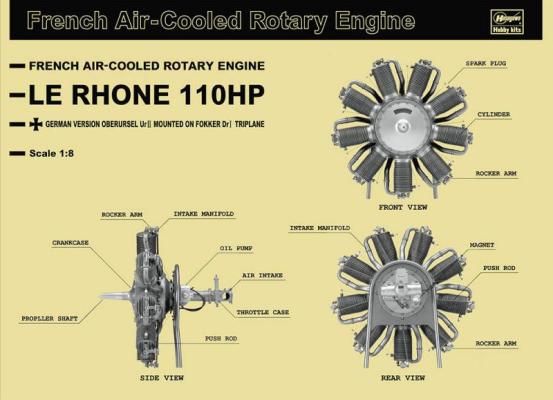There has been quite a bit of focus on WWII in the Pacific theater of late, driven in large part by HBO’s mini-series The Pacific, which was based on memoirs of some of the US Marines who fought and bled on small islands as the military pushed towards the Japanese homeland. I’ve always had an interest in this era, and have read many of the well-known books written by the guys who were there, such as Helmet for My Pillow by Robert Leckie, and With the Old Breed by E. B. Sledge.
Those books give an individual perspective on the fighting on these Pacific islands, but Dick Camp’s book Last Man Standing provides a much broader perspective. It begins with the history of the Peleliu islands, how they originally were German territories that were given to Japan as war prizes after the First World War. Japan settled the island and exploited it for minerals and coconut oil.

